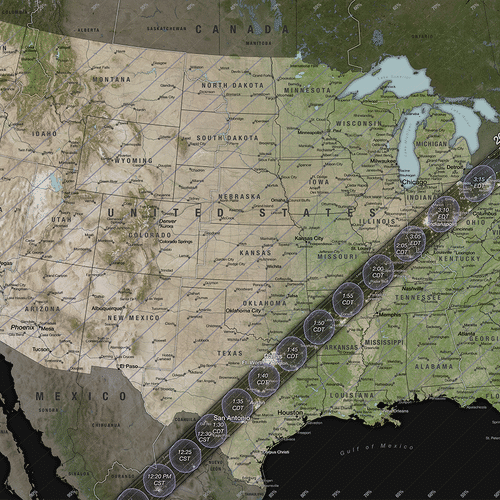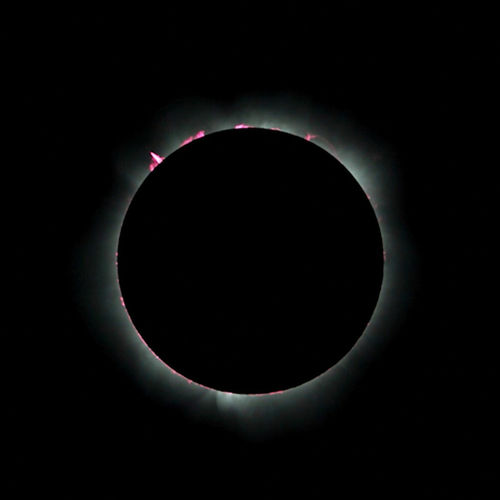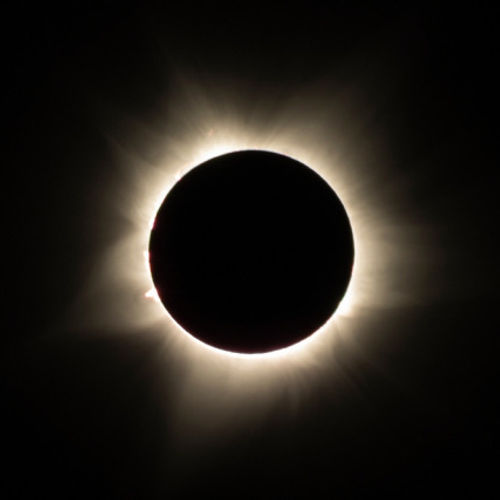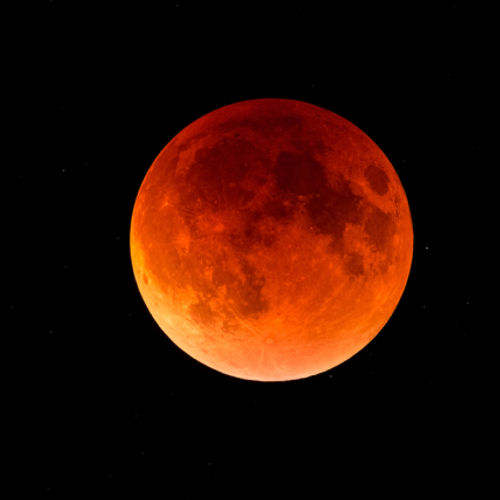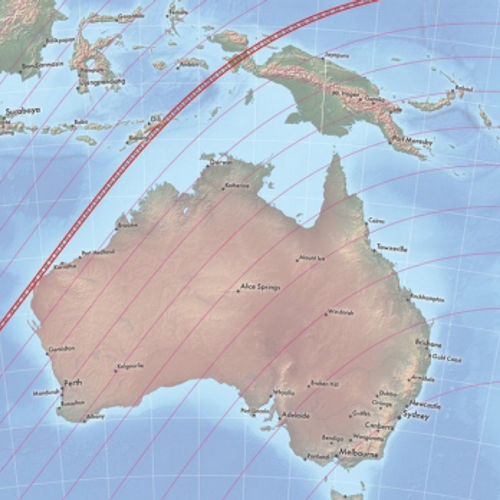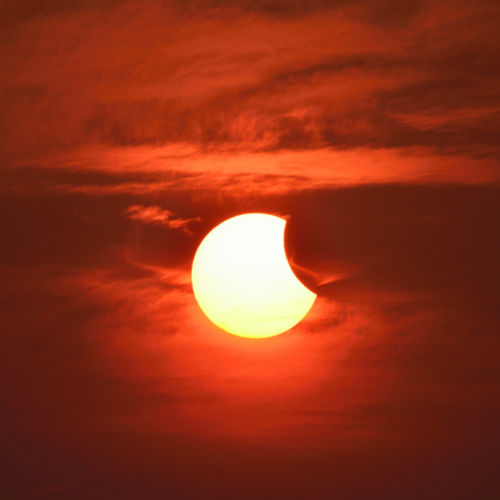
| Added | Mon, 07/11/2022 |
| Источники | |
| Дата публикации | Mon, 07/11/2022
|
| Версии |
In 2022, we were waiting for impressive observations of the sky: a rare alignment of the five planets in June and a total lunar eclipse in May.
But all good things come to an end. On Tuesday, November 8, the Earth will experience the last total lunar eclipse in almost three years.
And trust us, you won't want to miss it.
Known as the "blood moon" because of the strange reddish hue that the full moon takes on, a total lunar eclipse is a fantastic opportunity for the whole family to see an exciting astronomical phenomenon - without binoculars or special equipment.
After this week, the next total lunar eclipse will occur only on March 13-14, 2025 (depending on where you are).
A total lunar eclipse occurs when the Earth passes between the Sun and the Moon, casting its shadow on the moon.
Although direct sunlight is completely blocked, the Earth's atmosphere is quite transparent, so some light still penetrates the moon.
But this light is refracted, which means that shorter blue waves of light are scattered more strongly than longer red ones, as a result of which the shadow gives the Moon an eerie reddish glow. Hence the name "blood Moon".
This atmospheric scattering is a phenomenon similar to the one that makes sunrises and sunsets on Earth look reddish.
The total eclipse, which will occur on November 8, 2022, will last 1 hour and 25 minutes, which means that we will all have enough time to go outside, adjust our eyes to the dark and see the "blood moon" painted in an eerie red color by the shadow of our own planet.
This also means that the eclipse will be visible to a large part of the world - anyone who will be on the night side of the Earth for an hour or so after 08:00 GMT will be able to observe this phenomenon.
This means that most of Australia, New Zealand and Asia will see the eclipse on Tuesday night. For Australians, the eclipse will begin at 8.09 pm CET, and the full mass will be observed from 9.16 pm to 10.41 pm CET.
North America and parts of South America will also be able to see the eclipse early on Tuesday morning before sunrise - for them, the eclipse will begin immediately after 3 a.m. eastern time, and the total will last from 5.16 to 6.41 a.m. eastern time.
You can use the tool on the website TimeandDate.com to find out when the eclipse will happen for you.
Other regions where at least some parts of the eclipse will be visible include Northern and Eastern Europe, the Pacific, Atlantic and Indian Oceans, the Arctic and Antarctica.
Watching our familiar satellite turn rusty in itself is worth waking up early-or staying up late.
But this time, those who have binoculars at hand have an additional bonus: Uranus will also appear in rare cases.
During the full moon, when the light of the Moon does not obscure the distant icy planet, Uranus will look like a bright star at a distance of a finger's width from our satellite.
Those who do not have binoculars will be able to see the closer planets Jupiter and Saturn above the blood Moon with the naked eye.
If you are not in the area where you can watch the eclipse this time, do not worry, you can watch it online! The Griffith Observatory in Los Angeles, TimeandDate and the Italian Virtual Telescope Project are broadcasting live.
Wherever you are, we hope that you will have a clear sky or at least a good Internet connection, and you will be able to observe how the shadow of our planet changes the color of our satellite.
Nothing can compare to an eclipse when we feel so small and connected to the cosmos at the same time. Happy sky watching!
Новости со схожими версиями
Log in or register to post comments




